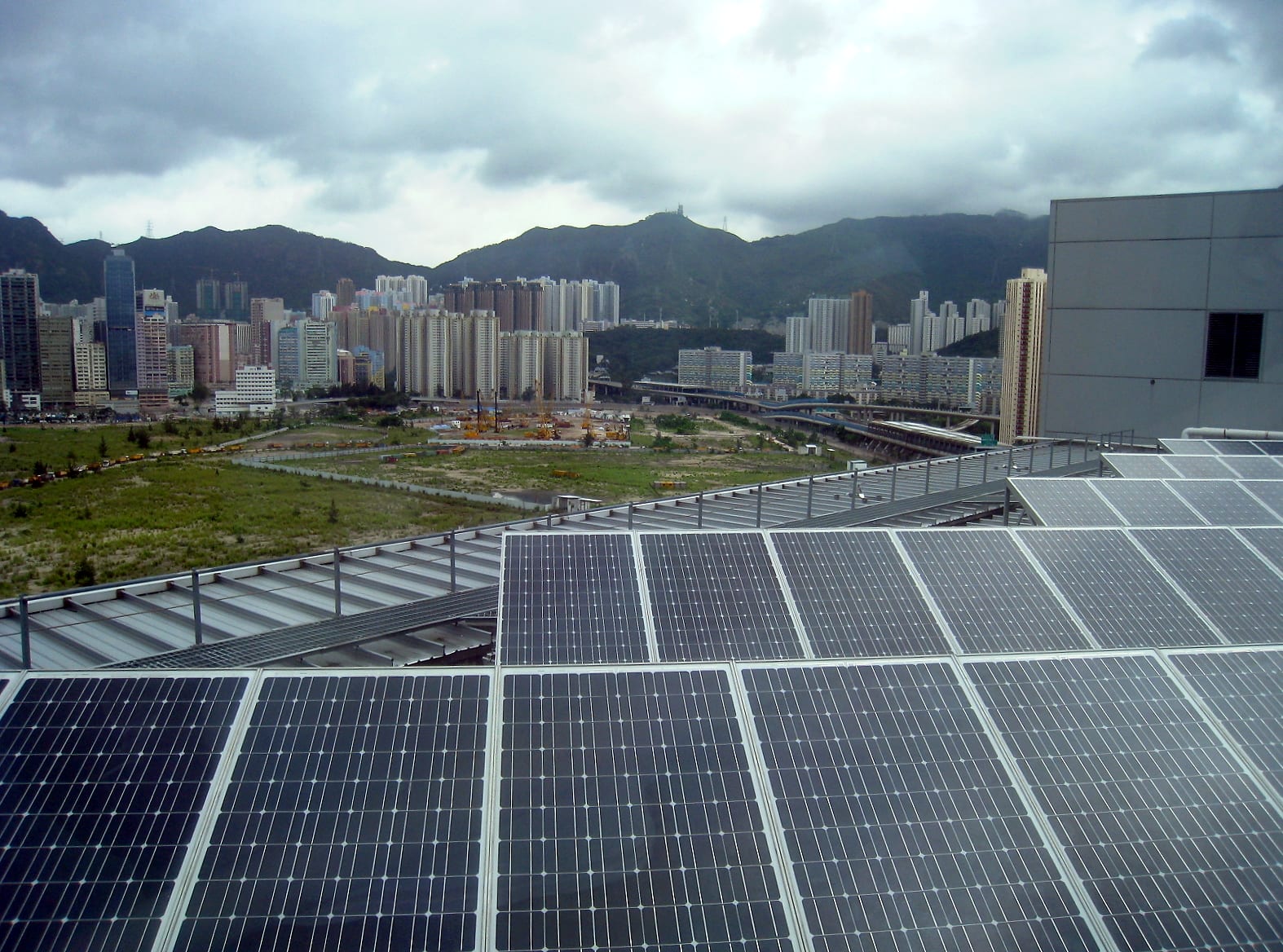China has set a record high solar installation target of 17.8GW for 2015, according to official documents released by the National Energy Administration on Tuesday – a 19 per cent jump on the 15GW target floated in January.
The new solar target contains no designated quotas for utility-scale or distributed projects, according to Deutsche Bank, which will instead be left for provincial governments to designate. But changes to policy have turned the focus from the distributed market to commercial installations.
But the NEA has introduced a more streamlined project approvals process to the policy, which could make the target – which is a whopping 37 per cent higher than Deutsche Bank’s estimates of 13GW – easier to achieve.
The 17.8GW target is a bullish one, being significantly higher than the 2014 target of 14GW, on which China fell short, ultimately installing around 11GW for the year.
As Barron’s analyst Shuli Ren said in January, the 2014 shortfall was mainly due to Beijing’s focus on smaller, rooftop distributed systems.
But Ren said Beijing had mostly fixed its policies now, ensuring that Chinese solar companies could be big winners in 2015, especially if oil prices remained near the bottom.
To help ensure commercial projects get moving quickly, the NEA policy has strict guidelines for provincial governments, requiring them to submit their solar construction plans by the end of April, or risk losing some of their quota to other province. 
Those provinces to achieve good construction progress by mid-year, meanwhile, could have their solar quota raised.
Provinces where new grid connection fails to achieve 50 per cent of installation target before the end of October will face a cut in their quota for the following year.
The NEA is also encouraging provincial governments to allocate the construction quota in a competitive way, and select developers with technical and financial strength, to help reduce solar on-grid tariffs.
For regions and projects with reduced solar tariffs, the policy allows for the NEA to increase their installation quota accordingly.
While it might sound like it, this is not an official statement to cut solar feed-in tariff, according to Deutsche, but does allow for the possibility of a solar tariff cut later this year.
Deutsche Bank has predicted a solar tariff cut of around 10 per cent in 2016 for new utility-scale projects in areas with good solar resources, on the back of falling investment costs.
A potential rush in project proposals ahead of a tariff cut would further help achieve China’s record high 17.8GW target, the Bank says.









